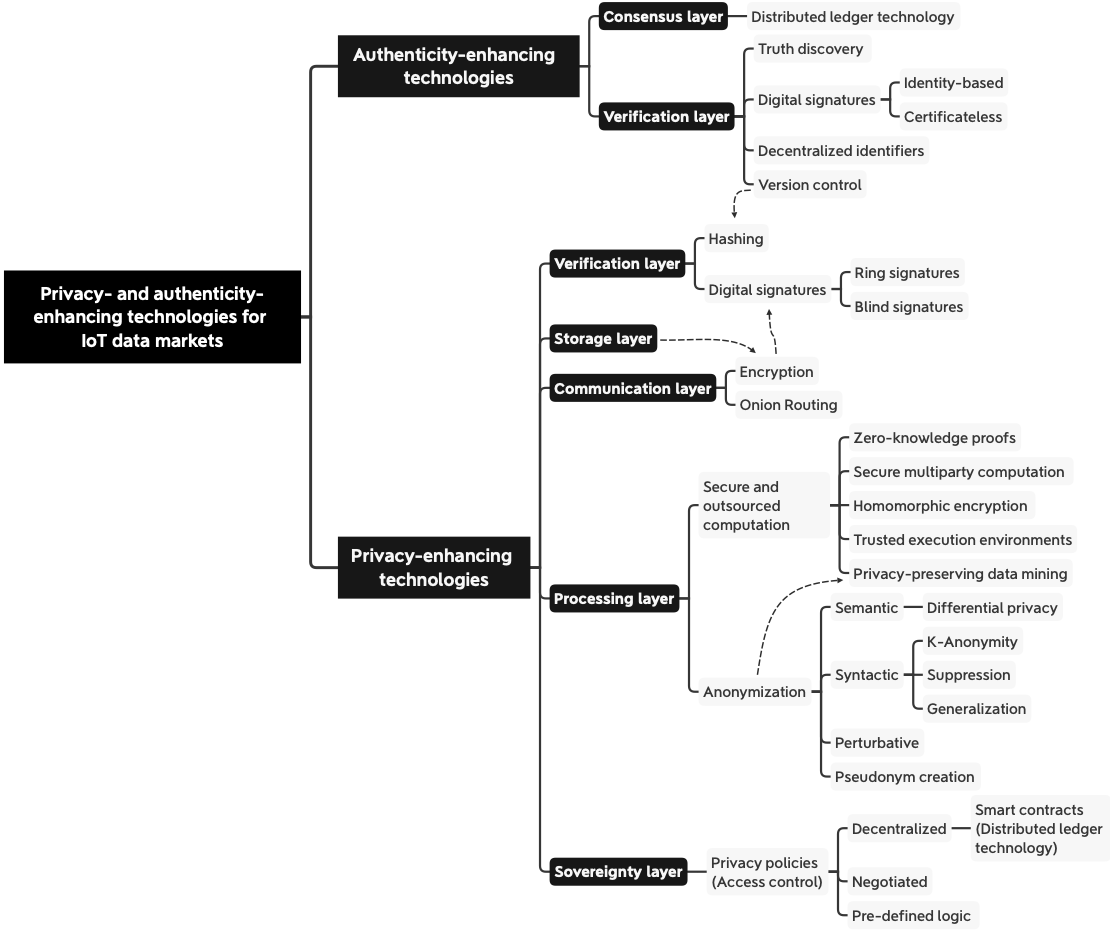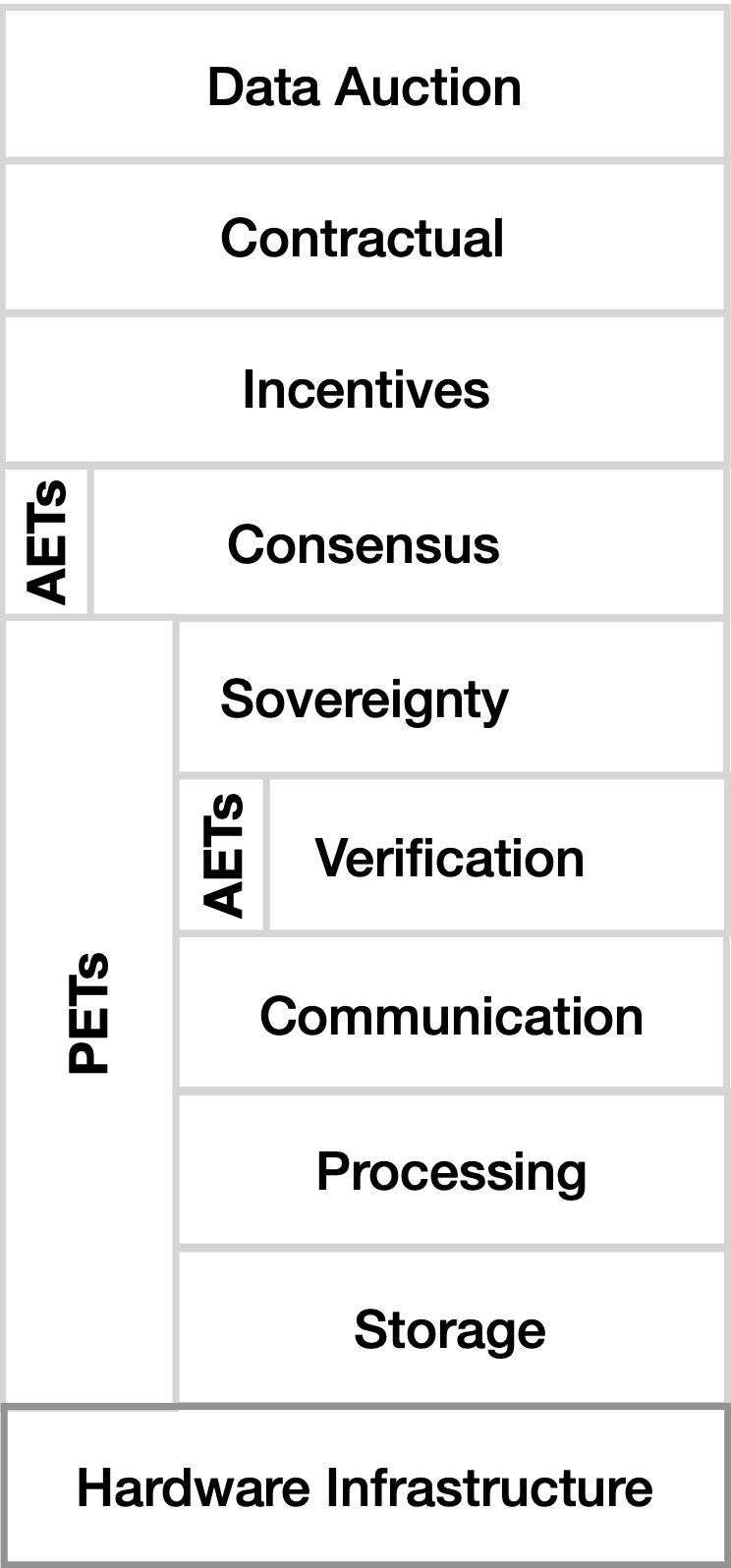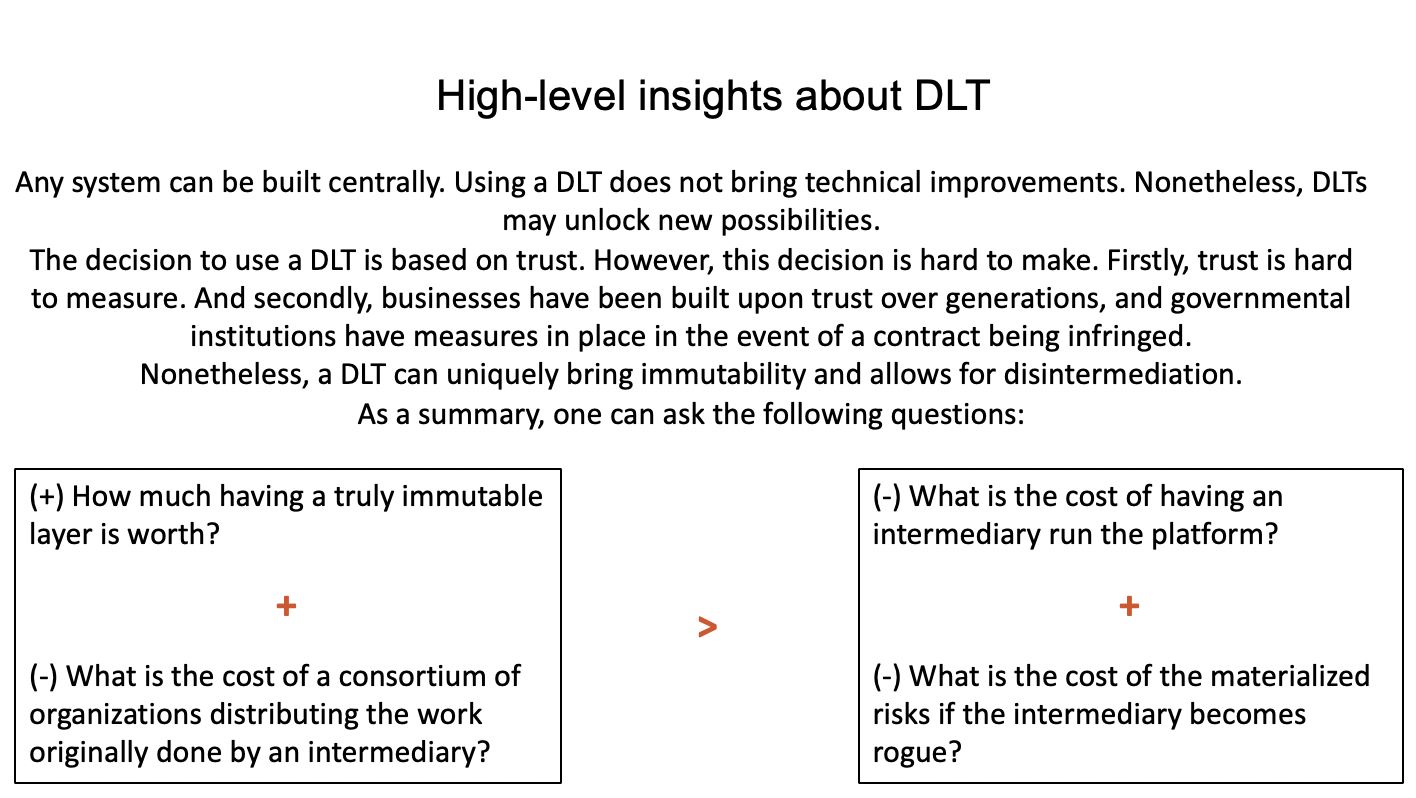IoT data markets in public and private institutions have become increasingly relevant in recent years because of their potential to improve data availability and unlock new business models. However, exchanging data in markets bears considerable challenges related to the disclosure of sensitive information. Despite considerable research that has focused on different aspects of privacy-enhancing data markets for the IoT, none of the solutions proposed so far seems to find considerable practical adoption. Thus, this study aims to organize the state-of-the-art solutions, analyze and scope the technologies that have been suggested in this context, and structure the remaining challenges to determine areas where future research is required. To accomplish this goal, we conducted a systematic literature review on privacy enhancement in data markets for the IoT, covering 50 publications dated up to July 2020. Our results indicate that most research in this area has emerged only recently, and no IoT data market architecture has established itself as canonical. Existing solutions frequently lack the required combination of anonymization and secure computation technologies. Furthermore, there is no consensus on the appropriate use of blockchain technology for IoT data markets and a low degree of leveraging existing libraries or reusing generic data market architectures. We also identified significant remaining challenges such as the copy problem and the recursive enforcement problem that -- while solutions have been suggested to some extent -- are often not sufficiently addressed in proposed designs.
We have created a reference model for IoT data markets based on our systematic literature review.
Distributed ledger technology (DLT) is an authentication-enhancing technology that has been overly used in the literature, i.e., researchers often do not state clealry why they use DLT.
Here is a quick insight about DLT, which may help practitioners to decide whether DLT is useful for their endevours.


